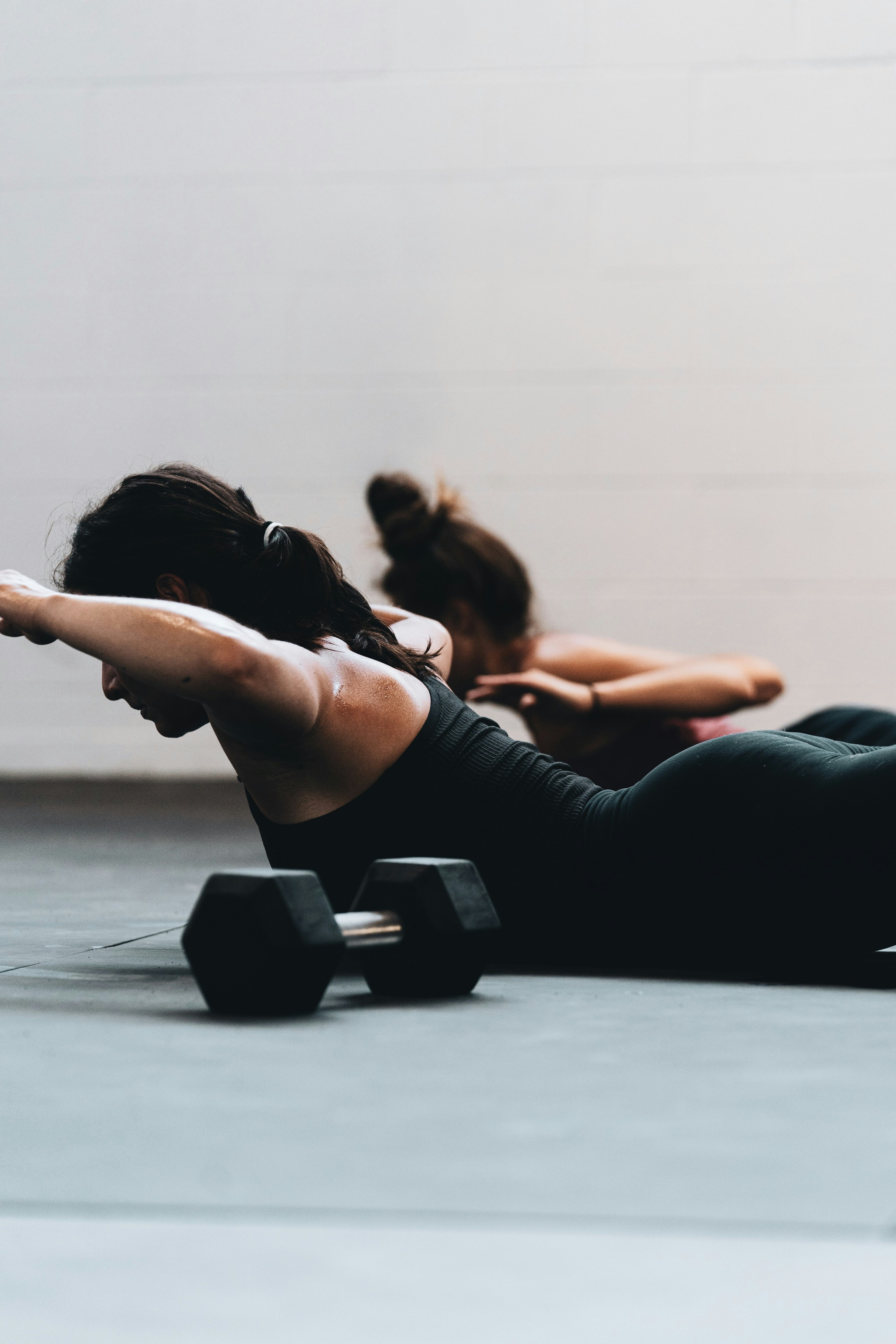Fitness and Chronic Illness: Exercise Guidelines for People with Diabetes and Hypertension

Fitness and Chronic Illness: Exercise Guidelines for People with Diabetes and Hypertension
Staying active is crucial for everyone, but for individuals with chronic illnesses such as diabetes and hypertension , exercise can be a game-changer. Regular physical activity not only improves quality of life but can also play a critical role in managing symptoms , reducing medication dependence , and preventing disease progression .
In this article, we explore how people living with diabetes and high blood pressure can incorporate fitness into their lifestyle safely and effectively.
🩺 Why Chronic Illness Shouldn’t Stop You from Exercising
Too often, people with chronic conditions are cautious—or even afraid—of exercising due to concerns about safety. But evidence shows that exercise is one of the most powerful non-pharmaceutical tools for managing both diabetes and hypertension.
✅ Benefits of Exercise for Diabetes and Hypertension
- Improved insulin sensitivity and blood glucose control
- Lower resting blood pressure
- Enhanced cardiovascular health
- Better weight management
- Stress reduction and improved mood
- Increased energy levels
“Exercise is medicine.” — American College of Sports Medicine (ACSM)
🩸 Exercise for People with Type 2 Diabetes
🧬 How It Helps
Type 2 diabetes is characterized by insulin resistance . Exercise helps muscles use glucose more effectively, lowering blood sugar levels.
🏃 Recommended Types of Exercise
Aerobic Exercise
- Examples: Walking, cycling, swimming
- Frequency: At least 150 minutes per week of moderate-intensity
- Benefit: Improves cardiovascular health and insulin sensitivity
Resistance Training
- Examples: Bodyweight exercises, resistance bands, dumbbells
- Frequency: 2–3 times per week
- Benefit: Builds muscle, which increases glucose uptake
Flexibility and Balance Work
- Examples: Yoga, Tai Chi
- Benefit: Reduces fall risk, especially in older adults
⛑️ Safety Tips for Diabetic Individuals
- Monitor blood sugar before and after exercise
- Keep fast-acting carbs (e.g., glucose tablets) nearby to treat hypoglycemia
- Check feet regularly to avoid unnoticed injuries
- Avoid exercising during periods of extremely high blood sugar (e.g., >300 mg/dL) unless advised otherwise by a doctor
💓 Exercise for People with Hypertension
🧠 Why It Works
Physical activity helps the heart become more efficient at pumping blood, thereby reducing the pressure on arteries .
🚴 Recommended Exercise Modalities
Aerobic Exercise
- Moderate-intensity (e.g., brisk walking) is most effective
- Aim for 30 minutes most days of the week
Resistance Training
- Helps improve overall strength and body composition
- Use lighter weights with higher reps to avoid excessive blood pressure spikes
Isometric Training
- Wall sits or planks may help, but always under guidance
🚨 Safety Considerations for Hypertensive Individuals
- Avoid heavy lifting that requires holding your breath (Valsalva maneuver)
- Warm up and cool down properly to avoid sudden blood pressure changes
- Monitor for symptoms like dizziness, chest pain, or shortness of breath
- For individuals on beta-blockers , heart rate response to exercise may be blunted—use perceived exertion as a guide instead
📊 Sample Weekly Plan for a Diabetic or Hypertensive Adult
| Day | Activity Type | Duration |
|---|---|---|
| Monday | Brisk walking | 30 mins |
| Tuesday | Resistance training | 45 mins |
| Wednesday | Yoga/stretching | 30 mins |
| Thursday | Cycling | 30 mins |
| Friday | Resistance training | 45 mins |
| Saturday | Light hiking | 60 mins |
| Sunday | Rest or gentle walk | 20 mins |
🧠 Exercise and Medication Interaction
Exercise can potentiate the effects of medications :
- Insulin users may need to adjust timing/dosage to avoid hypoglycemia
- Antihypertensive medications can cause dizziness during activity— hydration and gradual position changes are key
Always consult with a physician before beginning or modifying your exercise routine.
🧪 What Science Says
A 2020 meta-analysis in the Journal of the American Heart Association found that aerobic and resistance exercise both significantly reduce systolic and diastolic blood pressure in individuals with hypertension [1].
Another study published in Diabetes Care concluded that structured exercise training reduced A1C levels by an average of 0.66% in people with type 2 diabetes [2].
🧘 Mind-Body Practices: The Missing Link?
People with chronic illnesses often face mental health challenges. Exercises like Tai Chi , Qi Gong , and gentle yoga have been shown to improve mood , balance , and stress management , especially when combined with breathing techniques.
🧭 Final Advice
- Start slow and progressive —even 10 minutes counts.
- Track your blood pressure and glucose to understand your body’s response.
- Choose activities you enjoy to enhance adherence.
- Stay hydrated , wear proper footwear, and listen to your body .
Fitness should be a supportive tool , not a burden. With proper guidance, people with diabetes and hypertension can safely engage in regular exercise and reap long-term health benefits.
📚 References
Cornelissen, V. A., & Smart, N. A. (2013). "Exercise training for blood pressure: a systematic review and meta‐analysis." Journal of the American Heart Association , 2(1), e004473.
Umpierre, D., et al. (2011). "Physical activity advice only or structured exercise training and association with HbA1c levels in type 2 diabetes." JAMA , 305(17), 1790–1799.




